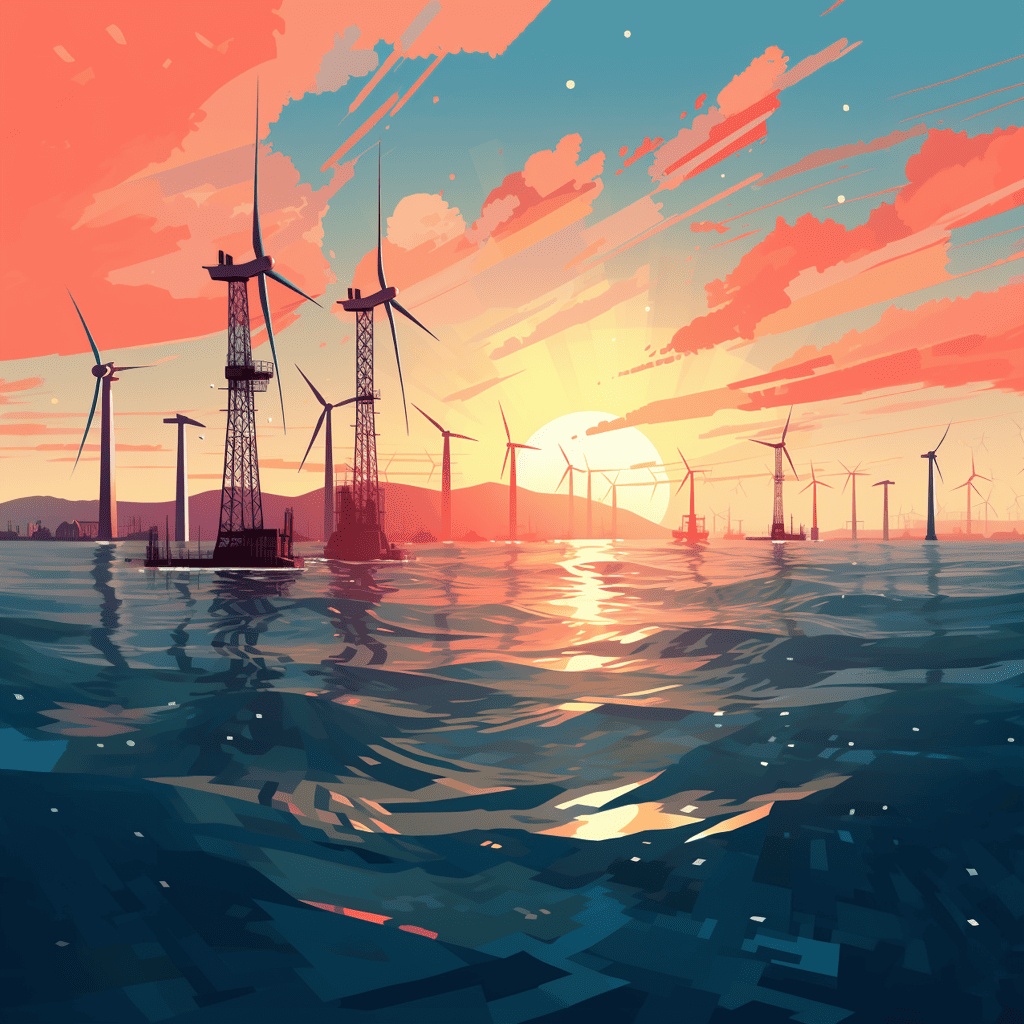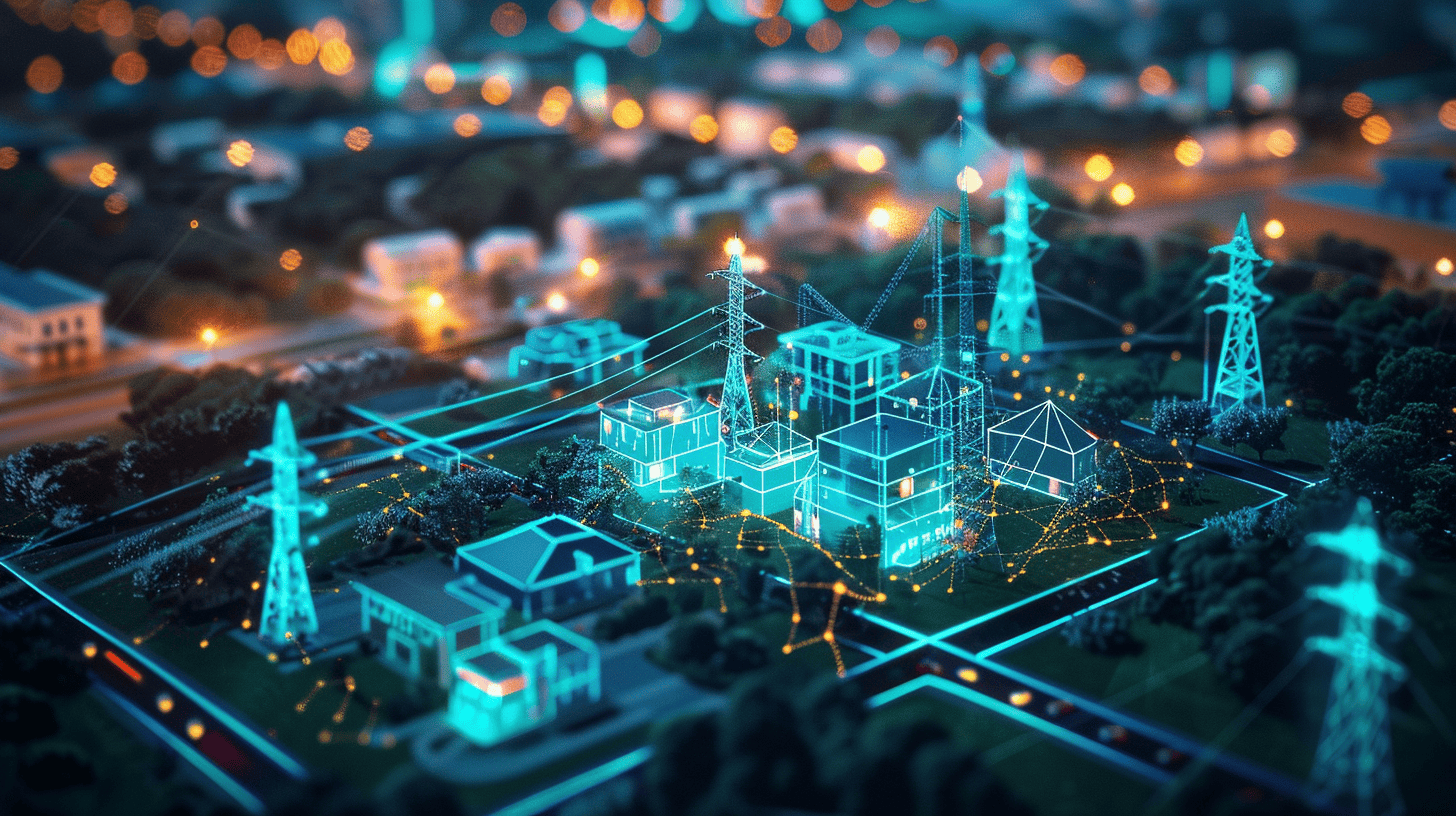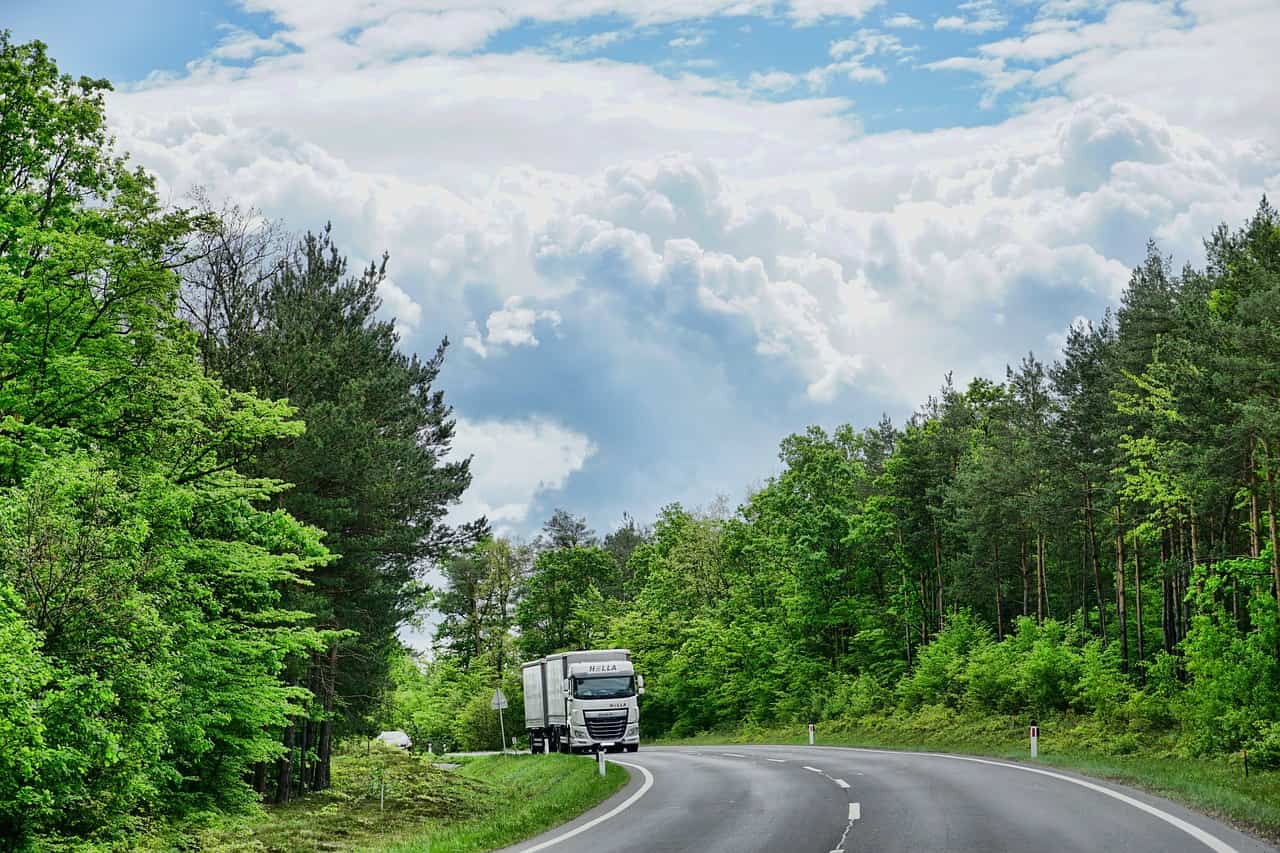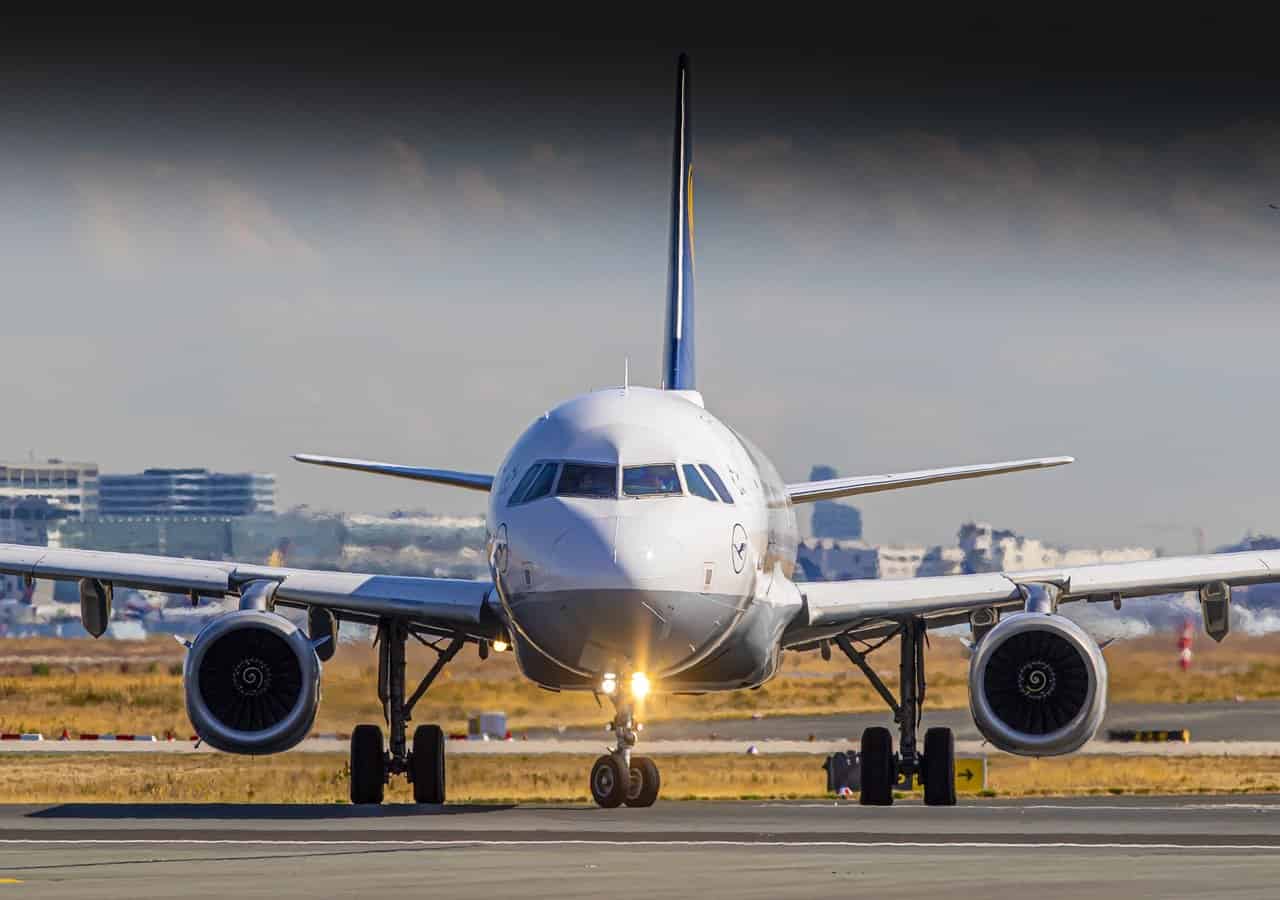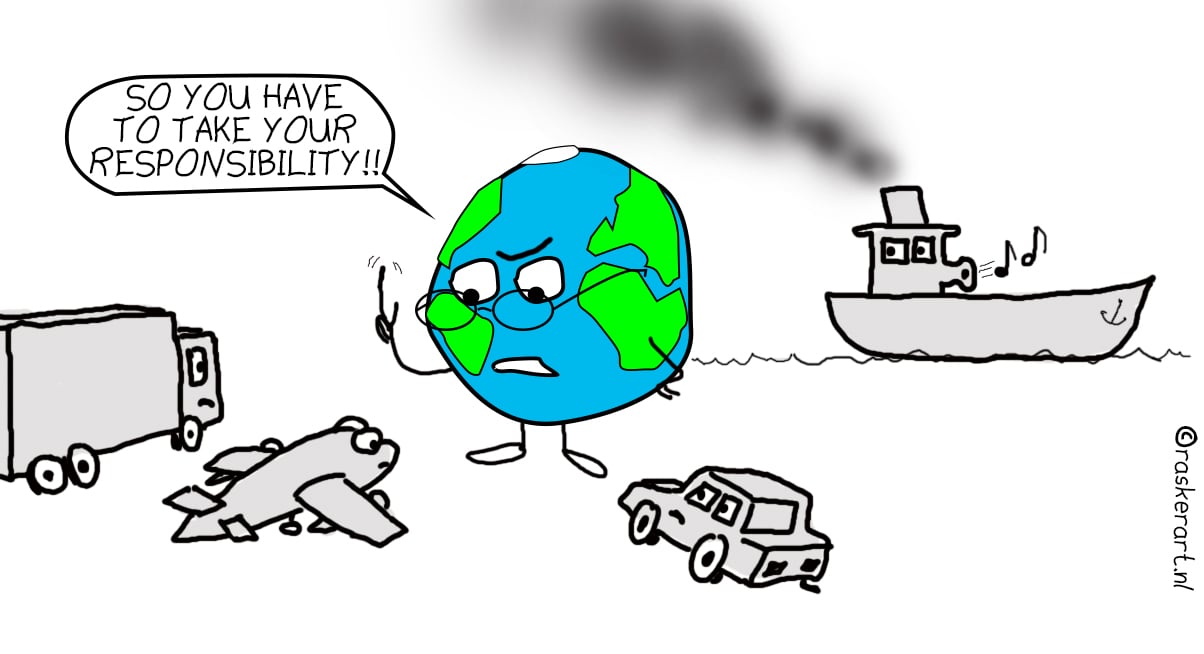
If The Netherlands intends to meet the Paris climate targets, sea and inland shipping must also commit to them. As in become climate-neutral vessels. In the Port of Rotterdam, a number of companies are planning to supply power to ships that dock via a shore-based power station. This means that the engines can be switched off, which not only reduces CO2 emissions but also the amounts of particulate matter, nitrogen oxide and sulphur oxide. Moreover, it is a lot quieter than the diesel generators on board. The aim is to install the facility at the Rotterdam Calandkanaal this year.
Exactly how much this saves in terms of harmful substances is still difficult to say. After all, every ship is different and not every ship is busy loading and/or unloading for the same duration.
Stricter regulations
Another measure aimed at making ships sail greener is the stricter emission regulations that have been in force since 1 January of this year. This stricter regulation means, among other things, that the maximum sulphur content of fuel will fall from 3.5% to 0.5% as of January 1st. From next year onwards, stricter requirements will apply to nitrogen oxide emissions for new ships operating on the North Sea and the Baltic Sea.
Around the world there are tens of thousands of ships at sea well beyond the sight of regulators. They will have to start using cleaner yet more expensive fuel. Or install expensive waste gas treatment systems on board. But the problem lies in supervision. At the moment, there is still a shortage of instruments for monitoring shipping far from the coast. Checks mainly take place just off the coast.
The Dutch Human Environment and Transport Inspectorate wants to use satellite imagery for this purpose. A four-year study has already been started in cooperation with the universities of Leiden and Wageningen.
ELEKTRA
Pretty good of course, shore-based power and stricter rules. But that doesn’t make the ships themselves any cleaner. Because that is precisely what is needed in order to make shipping more sustainable. In other words, cargo ships that sail on electricity, hydrogen or bio-fuel. ELEKTRA will be launched in Germany this year. An electrically powered tugboat with three fuel cells that converts 750 kg of hydrogen into electricity. Initially, the boat will sail between Hamburg and Berlin. Later on it will also dock at Stettin.
In The Netherlands, the Expertise and Innovation Centre for Inland Navigation (EICIB) is working on all kinds of projects and research aimed at making inland navigation more sustainable. “We also help skippers with their applications for funding.” Salih Karaarslan explains, project manager at EICIB. “Emission regulations are becoming more and more strict. It is very expensive for skippers to adapt their old ship, we have the know-how to help them with that. Sometimes all it takes is the installation of a catalytic converter or a soot filter. But sometimes a new engine has to be installed. Or we advise skippers to switch to gas”.
Modular Energy Concept
According to Karaarslan, only a fraction of the 5000 inland shipping vessels currently operating in The Netherlands are powered by electricity or hydrogen. “The technology is still mostly in its infancy. Batteries, for example, are still extremely expensive. It will take some time before these alternatives can be used on a large scale, but for now it’s far too expensive. You have to see it this way: skippers visit a bank to get a mortgage on a ship which they will use for as long as it takes to pay it off. But new innovative ships are much more expensive because their technology has not yet established itself. So banks are reluctant to grant mortgages.”
In order to steer skippers towards a greener course, the Modular Energy Concept will soon be launched. This is a collaboration between EICIB, ING, ENGIE, Port of Rotterdam, Heineken, Wärtsila, CCT, BCNT, Eneco and Concordia Damen. As part of this project, skippers can make use of battery containers that they pay for per use. “The majority of ships sail mainly on diesel, but there are also increasingly more forms of diesel-electric propulsion whereby power is produced by a generator. Whereas with battery packs they draw their power from the battery container. The great thing about this is that you could also apply this concept using hydrogen or another type of biofuel.”
Ships versus trucks
Karaarslan is convinced that inland shipping can be cleaner: “A lot is happening, look at Skoon Energy. They offer battery containers with green energy as an alternative to diesel generators. And in the shipping industry you see a growing number of initiatives examining how freight can be transported using hydrogen. I really do think that this is on its way, why not do the same for inland shipping? What’s more, the rules on emissions are becoming increasingly stricter. These steps are also headed in the right direction.”
What also plays a role, Karaarslan knows, is that ships are able to transport a lot more cargo. A small ship can readily carry as much cargo as twelve trucks can fit. A standard barge (110 meters) can carry up to 3500 tons, as much as 120 trucks. “It’s getting busier and busier on the road, but part of that traffic can be shifted to water. Inland shipping is also relatively clean. Of course, if you look at absolute emissions, a ship emits much more than a truck does. But if you look at the emissions per transported ton per kilometre, a ship emits less. A lot more trucks have to hit the roads for the same amount of cargo.”




